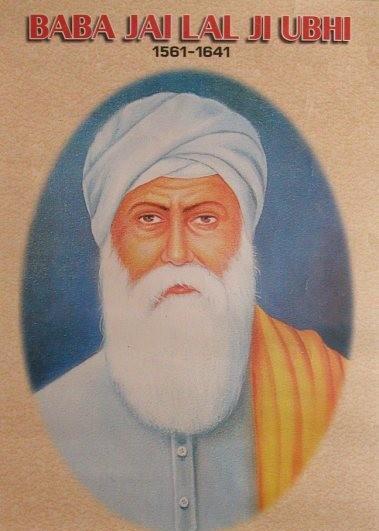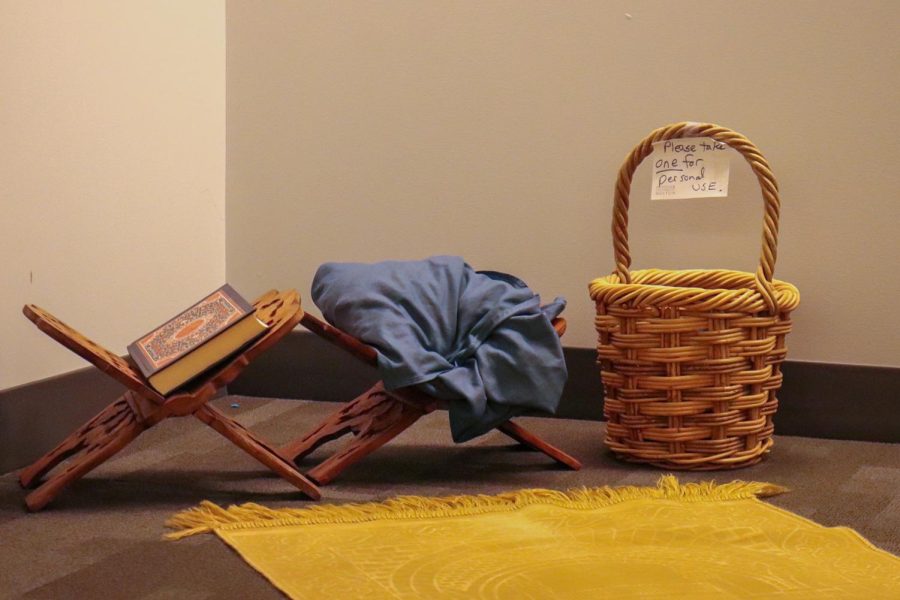On Oct. 20 of 1708 Sikh’s everywhere decided that there would be no longer any human gurus and implemented their holy text. That day is celebrated every year as Installation of the Guru Granth Sahib (holy book of the Sikhs) as eternal Guru left the world.
The religion itself was founded by a man born in 1470 named Guru Nanak. Nanak was born and raised in the village of Talwandi, now known as Nankana Sahib, which is now present-day Pakistan. Born as a Hindu man, but raised from Muslim teaching, Nanak had a divine vision when he was 30 years old in which the god named Sat Nam told Guru Nanak that he was the one true god. From that point on, he renounced both Hinduism and Islam to focus on Sikhism.
A member of the religion itself is referred to as a Sikh, which is actually translated to mean follower. Nanak soon gathered many followers in his travels by singing the praises of the one true god and leaving flowers in his wake. He would go on to establish the three basic guidelines. The first being Naam Japna: meditation on god through reciting, chanting, singing and constant remembrance followed by deep study & comprehension of God’s Name and virtues. The second being Kirat Karni: he expected the Sikhs to live as honorable householders and practice– To honestly earn by ones physical and mental effort while accepting both pains and pleasures as God’s gifts and blessings. The third is Vand Chakna: were asked to share their wealth within the community by practicing Vand Chakna– “Share and Consume together”.

(Photo courtesy of Wikimedia Commons)
Revered by those of all different faiths, including Hinduism and Islam, and by many different races, he was a man who proclaimed a message of universal tolerance. “There are no students who currently practice the faith here at Suffolk, but there have been students who have in the past,” said Reverend Amy Fisher of the Suffolk University Interfaith Center. It is still of the utmost importance that we learn to celebrate and understand the numerous cultures that make up the diverse melting pot that we thrive in.
After Nanak’s untimely passing, there were nine other Guru’s but eventually there was a universal decision to no longer have any human guru’s and that the religious texts; the Granth Sahib would become the everlasting guru to prevent any possible corruption of the faith. The message of the Guru Granth Sahib is broken down into seven sub-divisions: No. 1. All people of the world are equal. No. 2. Women are also equals. No. 3. One God for all. No. 4. Speak and live truthfully. No. 5. Control the five vices. No. 6. Live in God’s Hukam and No. 7. Practice humility, kindness, compassion and love. By making these principals the only Guru in Oct. 20 of 1708. The Sikh’s were able to spiritually liberate themselves.
If you are interested in learning more about Sikhism or any other religion, visit the Interfaith/Religious Life center located in the Donahue 540, call 617-573-8325 and email [email protected].











